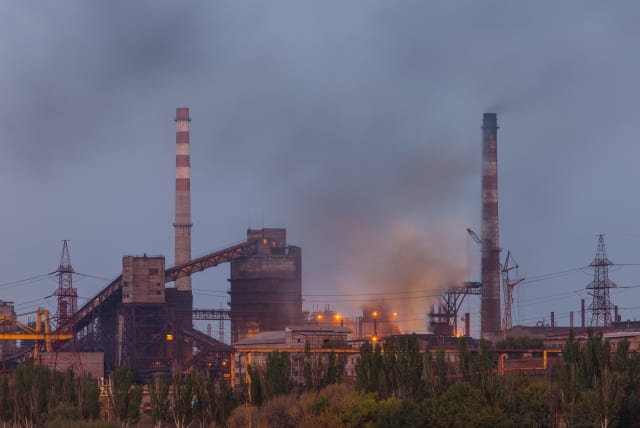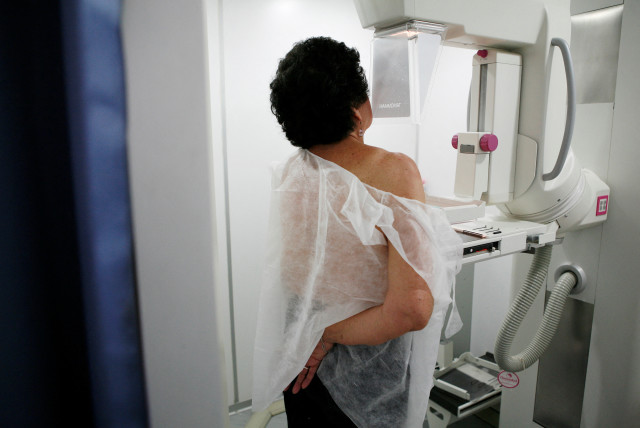High levels of air pollution increase risk of breast cancer, study finds

Scientists conducted one of the largest studies to date looking at the relationship between air pollution and breast cancer incidence.
High levels of air pollution including vehicle exhaust, burning of wood, and industrial emissions are known to cause respiratory diseases. Researchers at the US National Institutes of Health (NIH) have discovered another danger – living in an area with high levels of particulate air pollution can lead to an increased incidence of breast cancer.
The study, just published in the Journal of the National Cancer Institute titled “Ambient fine particulate matter and breast cancer incidence in a large prospective US cohort” is one of the largest studies to date to examine the relationship between outdoor air pollution – specifically fine particulate matter – and breast cancer incidence. The research was carried out by scientists at the US National Institute of Environmental Health Sciences (NIEHS) and the National Cancer Institute (both part of the NIH).
Fine particulate matter (PM2.5) has been inconsistently associated with breast cancer incidence, but studies have not considered historic exposure when levels were higher.
The researchers saw that the largest increase in breast cancer incidence was among women who, on average, had higher particulate matter levels near their home before enrolling in the study, compared to those who lived in areas with lower levels of PM2.5. Particulate matter is a mixture of solid particles and liquid droplets found in the air. It comes from numerous sources such as motor-vehicle exhaust; oil, coal, wood, and vegetation burning; and factory emissions.
“We observed an eight percent increase in breast cancer incidence [in those] living in areas with higher PM2.5 exposure. Although this is a relatively modest increase, these findings are significant, given that air pollution is a ubiquitous exposure that impacts almost everyone,” said Dr. Alexandra White, the lead author, and head of the Environment and Cancer Epidemiology Group at the NIEHS.
“These findings add to a growing body of literature suggesting that air pollution is related to breast cancer.”
Data from over 500,000 men and women analyzed
The study was conducted using information from a major study that enrolled more than 500,000 men and women between 1995-96 in six states and in two big cities. The women in the cohort were on average 62 years of age and had been followed for two decades during which 15,870 breast cancer cases were identified.
The researchers estimated the annual average historical PM2.5 concentrations for each participant’s residence. They were particularly interested in air pollution exposures during a period of 10 to 15 years prior to enrollment in the study, given the length of time it takes for some cancers to develop. Most previous studies have assessed breast cancer risk in relation to air pollution around the time of study enrollment and did not consider past exposures.
“The ability to consider historic air pollution levels is an important strength of this research,” said Dr. Rena Jones, PhD., a senior author of the study at the NCI.
“It can take many years for breast cancer to develop and, in the past, air pollution levels tended to be higher, which may make previous exposure levels particularly relevant for cancer development.”
Jerusalem Post Store
`; document.getElementById("linkPremium").innerHTML = cont; var divWithLink = document.getElementById("premium-link"); if (divWithLink !== null && divWithLink !== 'undefined') { divWithLink.style.border = "solid 1px #cb0f3e"; divWithLink.style.textAlign = "center"; divWithLink.style.marginBottom = "15px"; divWithLink.style.marginTop = "15px"; divWithLink.style.width = "100%"; divWithLink.style.backgroundColor = "#122952"; divWithLink.style.color = "#ffffff"; divWithLink.style.lineHeight = "1.5"; } } (function (v, i) { });

